And just to make it perfectly clear, ArtStart Rhinelander was a wonderful partner throughout this and I am very thanful for their trust and assistance in making the show happen. No one had any idea what was around the corner at that time and I cannot express enough how grateful I am for the opportunity and welcome I received by the staff and community in Rhinelander. Check them out HERE to see what they're up to now.
0 Comments
Different Bathers was created back in 2016 in the midst of one of many periods of excessive production. At the time I was painting almost entirely large-scale and had recently begun to integrate a wider variety of styles and aesthetics into the paintings. More representational depictions of humans also started making a comeback after years of more abstracted figures and flat, graphic shapes and symbols.
Largely, the paintings remained fairly shallow in depth. Often objects and figures floated over large swatches of color in fairly indeterminate settings. In some instances the color became the setting, a pool in the case of "Different Bathers", but often the background largely acted as a backdrop to set off the featured objects or symbols. I remember thinking I had stumbled across something interesting with this painting. Not only was it on a larger scale than even I was used to at 48x84", but I felt like it had broken away from some of my more derivative habits and that had exemplified much of my painting up to that point. The stereotypical Basquiat-esque graphics and drawings were replaced with a more somber and melancholic tone. Figures replaced associations of objects, bringing a direct sense of humanity where previous paintings held a bit of sterility or distance. Even the background became an important player in the narrative. While this painting kept the solid colored background, instead of a backdrop it created a scene. Following this painting my backgrounds obtained depth and a more purposeful connection to the rest of the scene. The painting made its public debut at the VAR Gallery Annual Figure Show back in 2017 but has been in storage since. It remains an all-time favorite of mine and I think it is a great example of the transitional period between my more illustrative/graphic style I explored in the half-decade after college and the landscape-based paintings from the last few years.
In terms of the painting process, they present ample opportunity to explore color and shape, positive and negative space, and play with pattern and form to create or eliminate depth. They can be energetic or stoic, joyful or somber and the objects depicted can evoke emotions as well as a figure. On the contrary they can also carry a decorative element that won't overwhelm a space or viewer. While artwork with difficult themes and imagery may be powerful, not everyone wants a large political statement in their living room. With a still life, you can, to some degree, infiltrate spaces with symbolism where they otherwise might not be welcome if more overt.
I have always liked the idea of a "Vessel"; Look through my past work and you'll find countless examples of vessels and vases, both as subjects of still lives and interacting with figures; but beyond the occasional painting, I haven't made them a primary subject of a series. The Vessel series will explore literal vessels in the form of still lives, but also the idea of vessels as in human vessels, and various other "containers" which wander into my purview.
"The art looked good and people liked it" - me after 99% of show openings.
That sentence may seem simple, but dig a little deeper and it encapsulates the wide ranging emotions faced when reflecting on an opening. The art looked good - This is what we aim for. If the art looked bad, I think it's safe to say that the show, even if well attended, was not particularly successful. If the art looked OK, then clearly the artist is not entirely happy with the result no matter the response. Some art is not pretty, but that doesn't mean they want the installation to look poorly done. Looking good is more about the quality of space and install than it is about the art being pretty or attractive. People liked it - again, at least for me, this is a major goal in making art. I don't need people to like everything I do and I'm not trying to be a people pleaser, plus you always want a deeper connection than just "that's cool"...but on the baseline, viewers "liking" your art is a good thing. Whether that's through aesthetics, the experience, finding deeper connection, or just getting to know the artist, if a viewer walks away from a show with a positive view of you, the artist, and the art, that's generally a successful showing. What's not said - "The show sold out"..."Had a great turnout"..."scheduled some studio visits"...these would definitely be part of the report if they happened. No artist wants to leave a show and simply say "I didn't sell anything" as if that's the only thing that matters...but pretty much every struggling artist I know does think about sales and, when they don't come, question the ultimate value of the art and show (not to mention the effort put in to create it). Turnout is the same way. I've never gone into a show thinking "if I get X number of people I'm happy" but if you only have 10 over a few hours, you feel the dread creep in. That said, if those people engage in conversation, take their time, talk to you about the art, and/or buy something, 10 can feel like a thousand. On the flip side, if a bus full of drunkards stumbles in and out within 20 minutes or your art is the sideshow to some other event, having a hundred people there doesn't really feel any better. It's quality over quantity, at least to some extent. Well, I had fun! - There isn't a concrete answer as to what makes a successful show. Different artists have different expectations, goals, and realities, and what may be an uplifting opportunity for one could be a disappointing realization for another. I think its important to focus on the good ("The art looked good and people liked it") but it's also essential to realize things that disappoint you, if only so you can work on addressing them, work toward achieving them, or form more realistic expectations and goals in the future. It's easy to get down when you work on art for months at a time, spend hundreds if not thousands of dollars and hours working on a project, only to have low turnout and minimal sales, but it's important not to ignore those feelings as well. I leave almost every show I have with mixed feelings to some degree and it's been a life-long challenge to address those in a productive way, but finding "success" in art is about understanding your goals and working to find a happy medium between "the measurables", such as sales, and "the intangibles", like a worthwhile conversation.
Humans have always found healing in nature. Whether that takes form as homeopathic remedies passed down through generations, scientific breakthroughs of modern medicine, or even just the refreshing experience of being outside, despite all our technological advancements the power of nature continues to demand a role in our lives. While winter brings its own form of beauty, we sometimes lose that inspiration as the temperatures plummet and colors recede behind a white curtain of snow for half the year.
Natural Remedy brings an injection of color and life into the gallery space when we need it most. Through an ongoing series of energetic and vibrant paintings and mosaics, experience the joy of nature at a time of the year that leaves many in the doldrums. I'm very excited for the opening of my next show Natural Remedy, alongside Jessica Laub, at the Urban Ecology Center - Menomonee Valley opening December 15th from 5-7PM and hope you can join me. We'll have over 20 artworks on view all with a focus on color and connection to nature including some of those pictured above as well as a number of others. The show will be on view through February so if you can't make it to the opening there will be plenty of time to stop by. Contact me with any interest in the artwork or check out my online shop. There is a part of me that wants to be hidden: working on art that no one ever sees; working a job that's largely unrelated where my co-workers barely know I paint; accumulating a stash of artwork that will someday be stumbled upon in shock after I'm long gone. There is a part of me that wants to be a hidden gem: Working tirelessly out of view on whatever art captures my passion at the time; a list of commissions a mile long; collectors clamoring, not to buy a painting, but to get on the list to buy a painting; unknown and unnoticed by the majority, but secretly working away in my home studio to the delight of a few. Then there's a part of me that gets a little jealous and wants murals, shows, galleries, retrospectives, coverage, promotion, attention...everything you dream of when you first decide that making art is what you want to do. I do the "sit in my studio and paint" part really well. I once did the "have lots of shows and constantly be involved" part well too. I've never quite gotten the hang of the "list of commissions a mile long part"...but I'm getting back out there a bit more than I have for the last 5-6 years at the very least. I've got two events coming up where I'll have art for sale and live art in progress. Feed Your Soul is TONIGHT at House of RAD and I'll have at least one painting in progress that will go up for auction. Come on out and enjoy some live art from a bunch of local artists, live performances, and bid on a bunch of stuff that will all go toward helping the hungry!
Next Saturday, November 11 I'll be setting up at Scout Gallery's pop-up sale! Once again I'll have some art in progress and a whole bunch more for sale for $100 or less, including a new set of mini-natural remedy paintings that have never been shown or seen by the public. Come on down and add some color to your walls or get your holiday shopping started early. Contact me if you have any questions or want to make sure I bring a specific painting along, and I hope to see some familiar faces out and about as I keep working toward a more regular schedule of showings, happenings and public interaction. |
Daniel
|

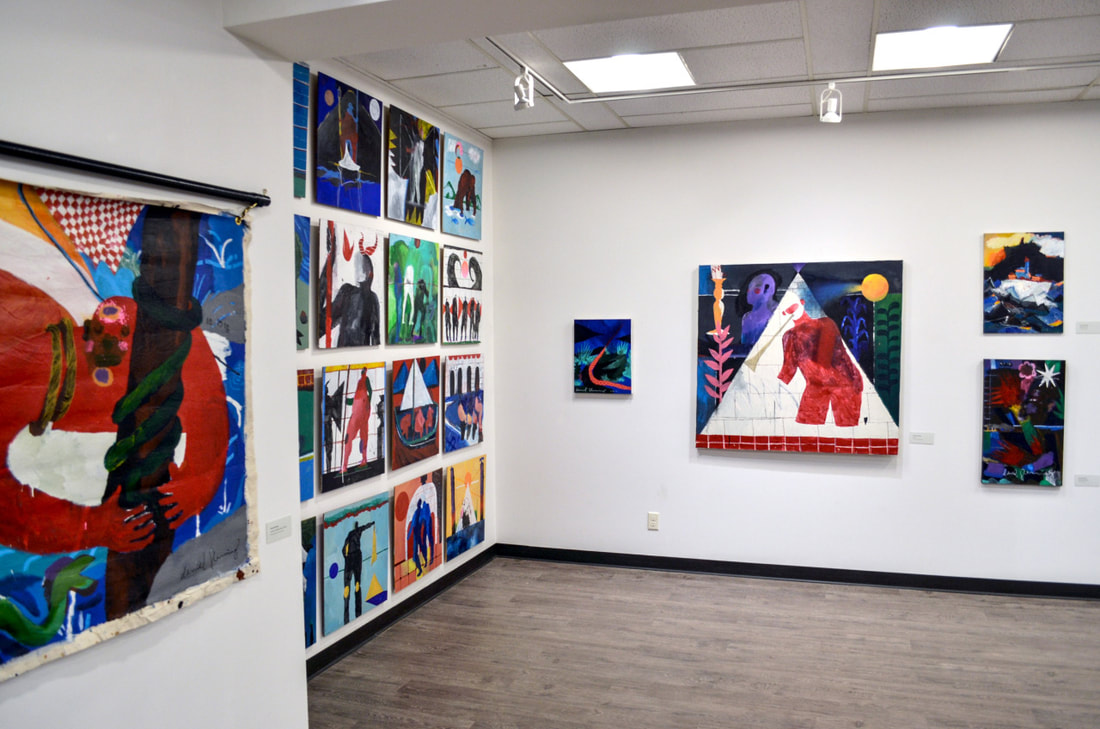







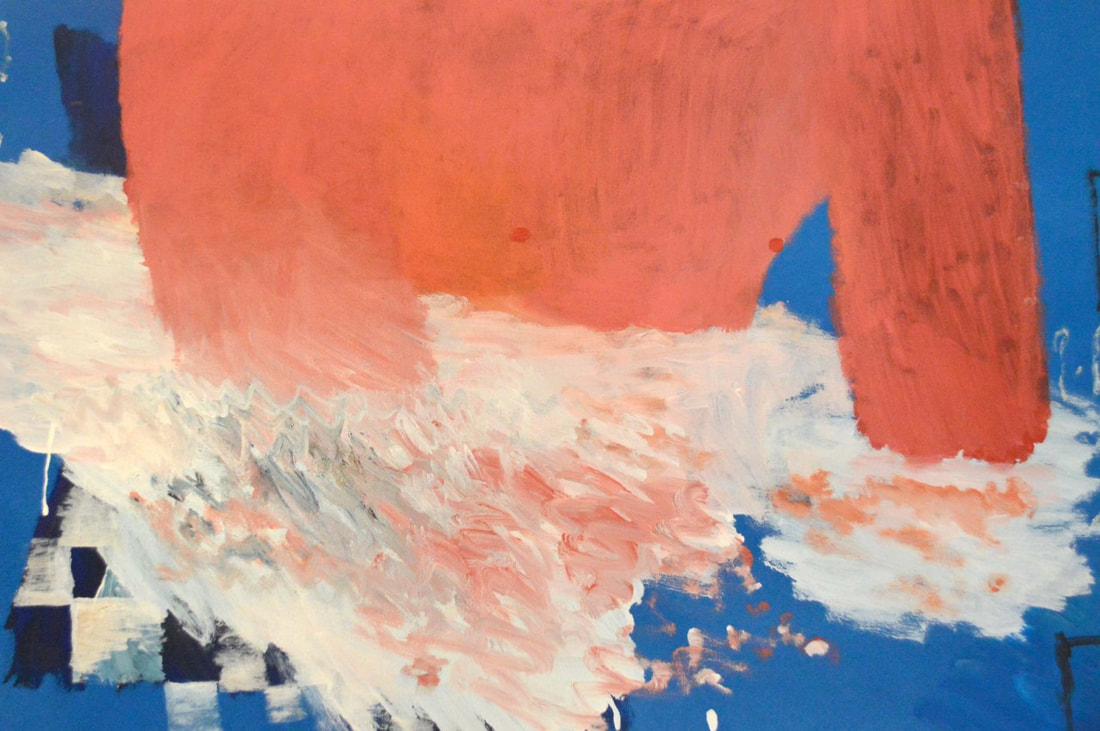



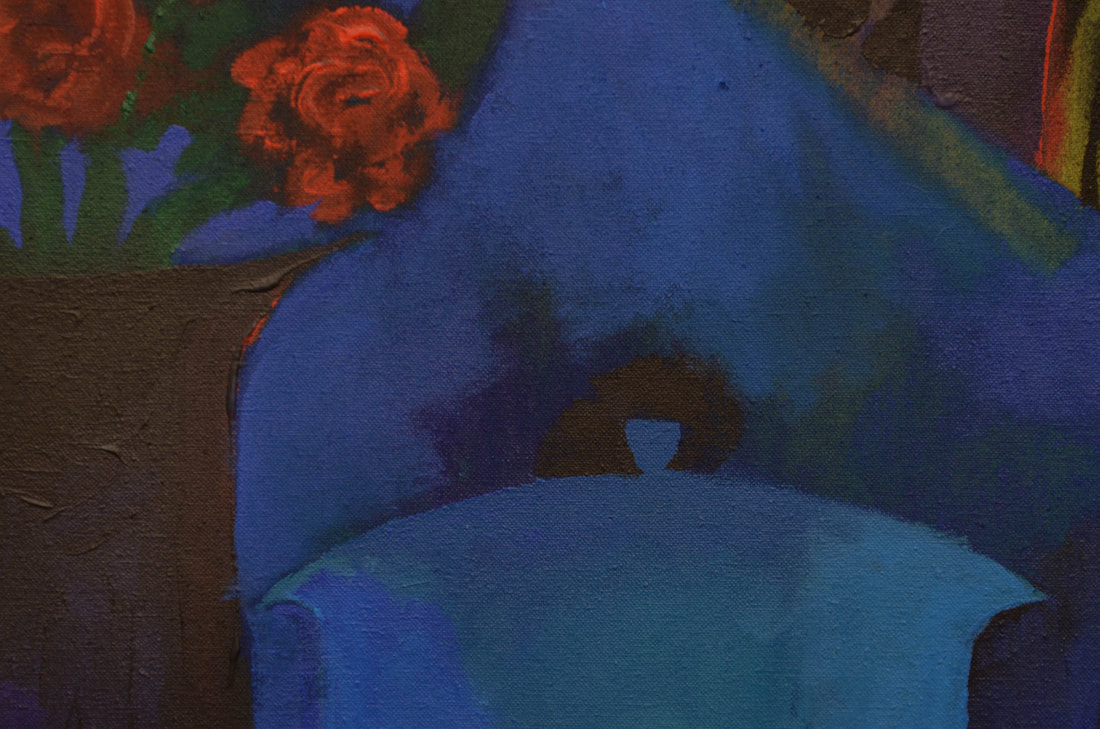






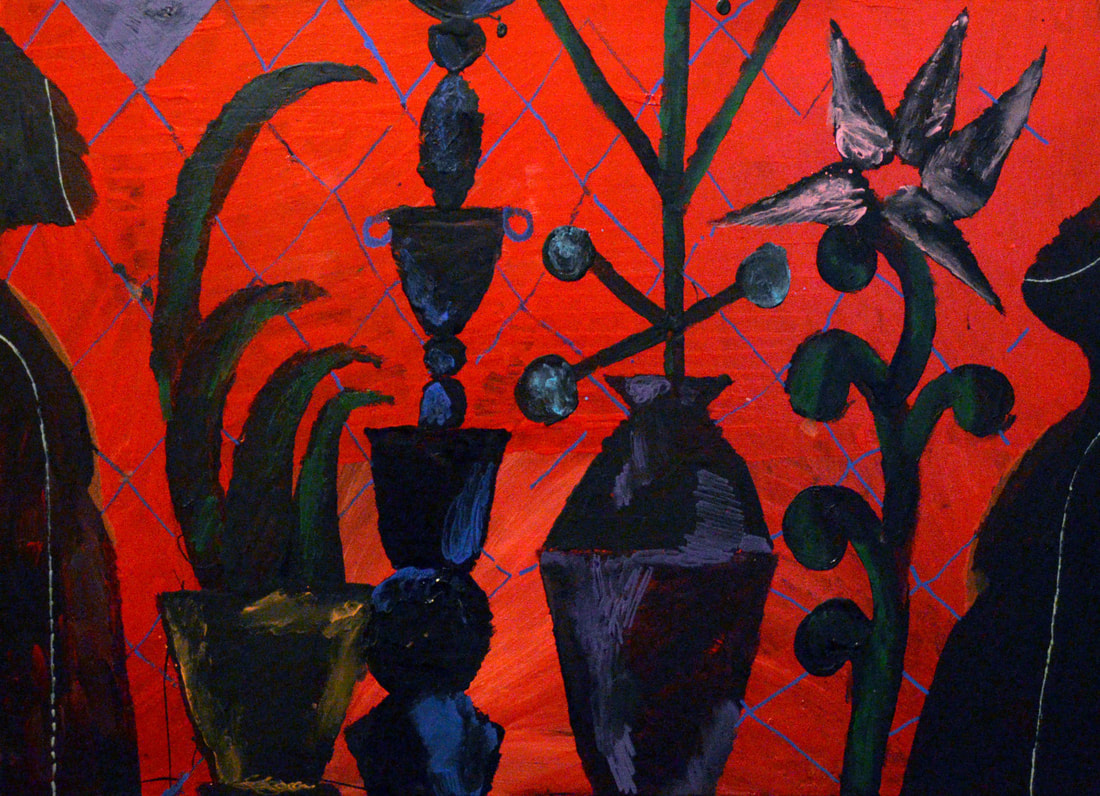














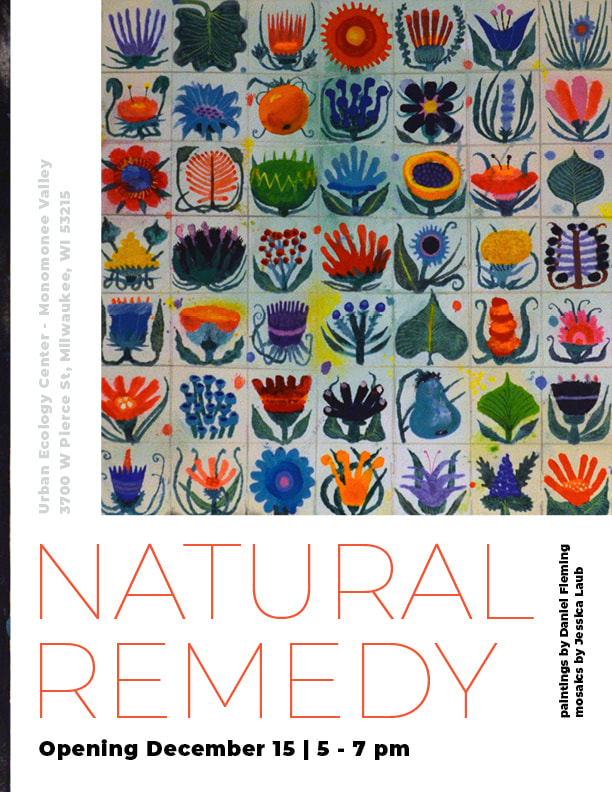














 RSS Feed
RSS Feed